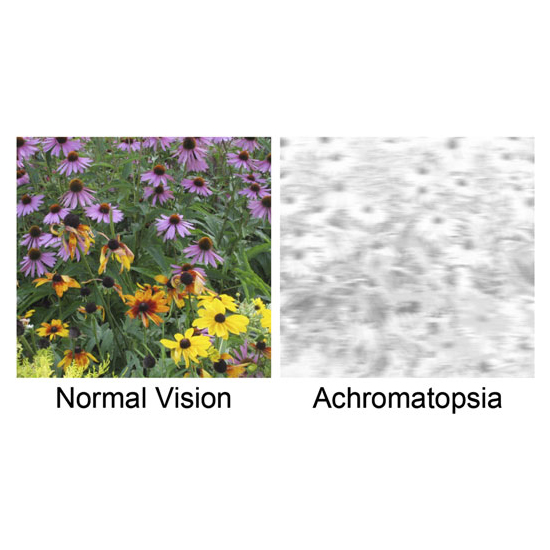Gene therapy for achromatopsia
30-Mar-2017
J Gene Med. 2017, Volume 19, Issue 3, e2944 https://doi.org/10.1002/jgm.2944
J Gene Med., online article
The present review summarizes the current status of achromatopsia (ACHM) gene therapy-related research activities and provides an outlook for their clinical application. ACHM is an inherited eye disease characterized by a congenital absence of cone photoreceptor function. As a consequence, ACHM is associated with strongly impaired daylight vision, photophobia, nystagmus and a lack of color discrimination. Currently, six genes have been linked to ACHM. Up to 80% of the patients carry mutations in the genes CNGA3 and CNGB3 encoding the two subunits of the cone cyclic nucleotide-gated channel. Various animal models of the disease have been established and their characterization has helped to increase our understanding of the pathophysiology associated with ACHM. With the advent of adeno-associated virus vectors as valuable gene delivery tools for retinal photoreceptors, a number of promising gene supplementation therapy programs have been initiated. In recent years, huge progress has been made towards bringing a curative treatment for ACHM into clinics. The first clinical trials are ongoing or will be launched soon and are expected to contribute important data on the safety and efficacy of ACHM gene supplementation therapy.











